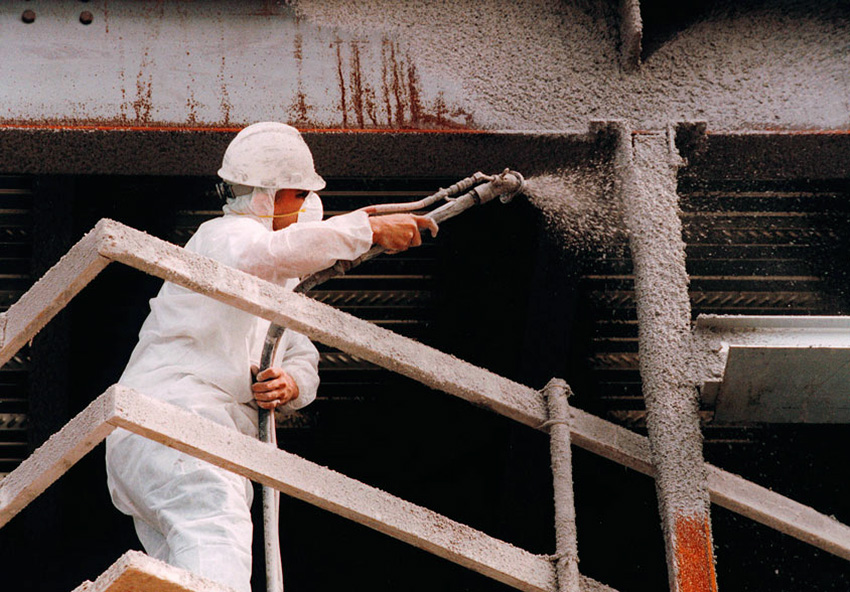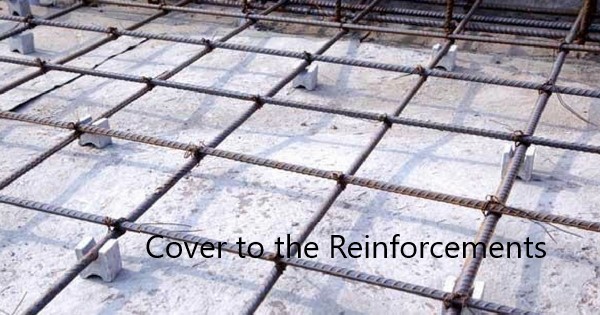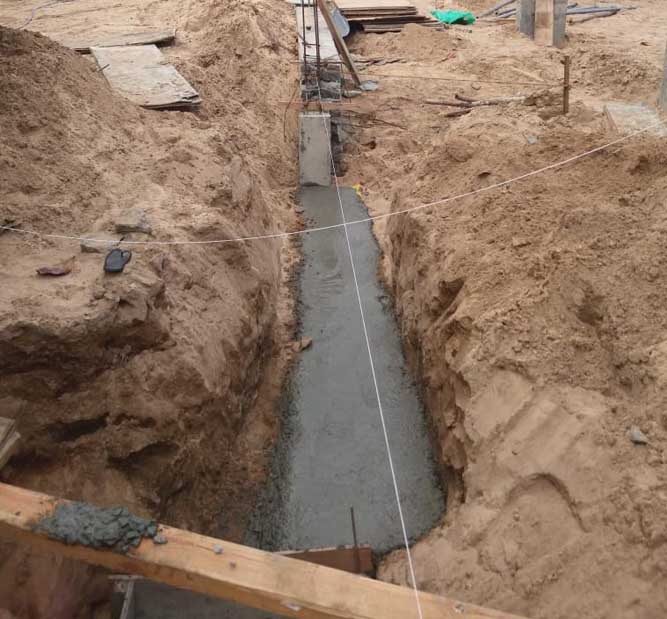In an increasingly unpredictable world, the importance of fire safety cannot be overstated. Fire incidents can cause devastating losses, both in terms of property and lives. To mitigate these risks, fireproof coatings have emerged as a crucial innovation. In this article, we will explore the world of fireproof coatings, their benefits, applications, and how they can provide an extra layer of security to safeguard your property.
What Are Fireproof Coatings
Fireproof coatings, also known as intumescent coatings, are specialized substances applied to surfaces to protect them from the damaging effects of fire.
When exposed to high temperatures, these coatings expand and form a protective insulating layer, preventing the underlying material from catching fire.
How Do Fireproof Coatings Work
The science behind fireproof coatings is fascinating. They are typically composed of fire-resistant materials like graphite, epoxy resins, and other proprietary compounds.
When exposed to extreme heat, these coatings undergo a chemical transformation that results in the formation of a thick, insulating char layer.
This char layer acts as a barrier, reducing heat transfer and preventing the spread of flames.
Benefits of Using Fireproof Coatings
- Enhanced Fire Safety
The primary advantage of fireproof coatings is their ability to enhance fire safety significantly.
By slowing down the spread of flames and reducing the intensity of heat, they provide valuable time for occupants to evacuate safely and for firefighters to control the blaze.
- Protection for Structural Integrity
In addition to safeguarding lives, fireproof coatings also protect the structural integrity of buildings.
They prevent steel structures from weakening and collapsing in the event of a fire, reducing the risk of extensive damage.
- Compliance with Building Codes
Many building codes and regulations require the use of fireproof coatings in specific settings, such as commercial and industrial buildings.
Using these coatings ensures compliance with safety standards and legal requirements.

Image source: Internet
Types of Fireproof Coatings
Fireproof coatings are materials applied to surfaces to make them more resistant to fire and heat. They can be classified into several types based on their composition and intended application.
Some common types of fireproof coating:
- Intumescent Coatings
Intumescent coatings are the most popular type of fireproof coating.
When exposed to high temperatures, they expand to form a charred, insulating layer that protects the underlying substrate from heat and flames.
These coatings are commonly used on structural steel in buildings.
- Cementitious Coatings
Cementitious fireproof coatings are made from cement, aggregates, and other additives.
They are often applied to concrete and masonry surfaces to enhance their fire resistance.
These coatings can withstand high temperatures and are commonly used for tunnel linings and fireproofing structural elements.
- Vermiculite Coatings
Vermiculite-based fireproof coatings contain vermiculite, a naturally occurring mineral that expands when heated.
This expansion creates an insulating barrier that protects surfaces from fire and heat. Vermiculite coatings are often used in industrial and commercial applications.
- Gypsum Coatings
Gypsum-based fireproof coatings are made from gypsum plaster and other additives.
They are commonly used to protect interior surfaces such as walls and ceilings.
These coatings can provide fire resistance for a specified period and are often used in building construction.
- Fire-Resistant Paints
Fire-resistant paints are formulated with fire-retardant chemicals that can slow down the spread of flames on surfaces.
While they may not provide the same level of fire resistance as intumescent coatings, they are often used in residential and commercial settings for aesthetic reasons.
- Fireproof Sprays
Fireproof sprays are often used for small-scale fire protection or touch-up applications.
They are easy to apply and can be used on various surfaces, including wood, metal, and fabric. These sprays create a fire-resistant barrier when they dry.
- Heat-Reflective Coatings
Heat-reflective coatings are designed to reflect heat away from surfaces, reducing the risk of fire and heat damage.
They are often used on roofs and other exterior surfaces to help keep buildings cool and reduce the risk of ignition from external heat sources.
- Fireproof Insulation Coatings
These coatings combine fire resistance with insulation properties, providing thermal protection in addition to fire protection.
They are commonly used in industrial and commercial settings where both insulation and fire resistance are required.
- Silicone Coatings
Silicone-based fireproof coatings are known for their durability and resistance to high temperatures.
They are often used in applications where exposure to extreme heat is a concern, such as in aerospace or automotive industries.
The choice of fireproof coating depends on the specific requirements of the application, the type of substrate being protected, and the duration of fire resistance needed. It’s essential to follow the manufacturer’s guidelines and industry standards when selecting and applying fireproof coatings to ensure their effectiveness in preventing fire damage.
Choosing the Right Fireproof Coating
- Consider the Type of Surface
Selecting the appropriate fireproof coating depends on the surface you intend to protect. Different coatings are designed for steel, wood, concrete, and other materials. Ensure compatibility for optimal results.
- Evaluate Fire Resistance Ratings
Each fireproof coating has a specific fire resistance rating. This rating indicates the duration for which the coating can withstand the effects of fire.
Be sure to choose a coating that aligns with your safety requirements.
- Professional Installation
For the best results, always opt for professional installation of fireproof coatings. Trained technicians ensure that the coatings are applied correctly and adhere to safety standards.
Fireproof coatings play a vital role in safeguarding lives and property. Their ability to slow down the spread of fire and protect structural integrity makes them an indispensable component of modern construction.
By choosing the right fireproof coating and ensuring proper installation, you can significantly enhance fire safety in both commercial and residential settings.
FAQs (Frequently Asked Questions)
Is fireproof coating a legal requirement for all buildings?
No, the requirement for fireproof coating depends on local building codes and regulations. It is essential to check with your local authorities and follow their guidelines.
Can fireproof coatings be applied to existing structures?
Yes, fireproof coating can be retrofitted onto existing buildings. However, it is essential to consult with professionals to ensure proper installation.
Do fireproof coating require maintenance?
Fireproof coating are low maintenance but should be inspected periodically to ensure they remain effective. Any damaged or deteriorated coatings should be repaired or replaced promptly.
Are there eco-friendly fireproof coating options available?
Yes, some manufacturers offer eco-friendly fireproof coating that have minimal environmental impact. These coatings are a responsible choice for sustainability-conscious builders.
How do I find certified professionals for fireproof coating installation?
To find certified professionals, you can contact reputable construction companies or search online directories for contractors specializing in fireproof coatings.


